Innovation & Sustainability
The Power of Blue and Green Spaces to Revolutionize Urban Design
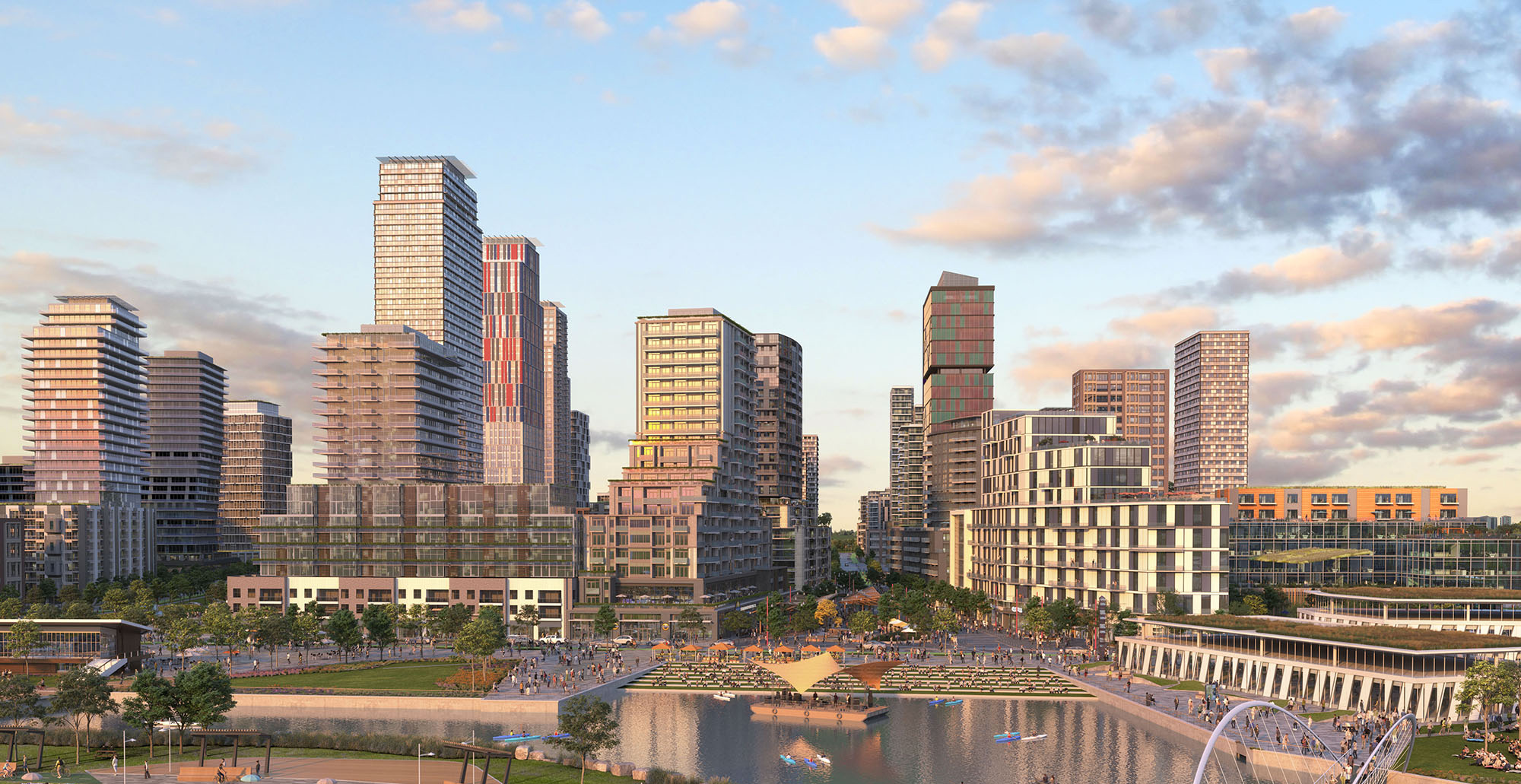
Innovation & Sustainability

You may not have heard the terms “blue” and “green” spaces, but as Dennis Pieprz - a principal at Sasaki - and John Richard - a director of urban design at NAK Design Strategies - point out, they’re absolutely critical to your mental health and well-being because they’re the things you interact with every day that impact how you feel about your community.
“We know as a society and in North America that the opportunities to engage with water and greenery is incredibly important for our health and well-being,” says John.
Studies confirm this. One from the Netherlands revealed that more green space in a municipality correlates with fewer antidepressant prescriptions. Similarly, research in China suggests that access to natural environments like rivers and lakes can help shield older adults from depression. Even the World Health Organization now advocates for people to have access to at least 500 square meters of green space within a five-minute walk of their home.
“We know that mistakes have been made when it comes to leveraging waterfronts and to give people access to parks. For example, 50 to 60 years ago, few would have thought twice about putting an industrial power plant on Lake Ontario,” John continues. “Today, people wouldn’t even contemplate the idea. We know how to build better for everyone, and that notion of blue and green spaces plays a big part in that… it means building to create worthwhile living.”
Dennis agrees. “It’s about making a public realm that’s open and accessible and welcoming, one that cuts across barriers - socially, physically, economically - and that creates incredible value for a community.” He adds there’s a unique opportunity at Lakeview Village to showcase this thinking thanks to its lakeside location. “This is a key waterfront for Mississauga and the GTA. It’s set to become a new symbol for all of Southwestern Ontario - one that showcases the kind of city everyone should be able to live in in the 21st century.”
Blue and green spaces do more than just beautify our surroundings - they make life better! From boosting mood to lowering CO2 levels, nature has a big role in creating healthier, more enjoyable communities.
By reducing wind speed by up to 50 per cent, plants (more specifically rows of trees or shrubs) not only provide shelter, they make outdoor spaces more comfortable, encouraging walking and biking.
Access to nature, especially green spaces with a well-established tree canopy, has been linked to improved mood and better social cohesion. Research has even found neighbourhoods with 30 per cent tree cover see a nearly 40 per cent reduction in psychological distress of residents.
A single mature tree can absorb 48 pounds of CO2 annually, which is equivalent to offsetting emissions from a car driven 805 kilometres.
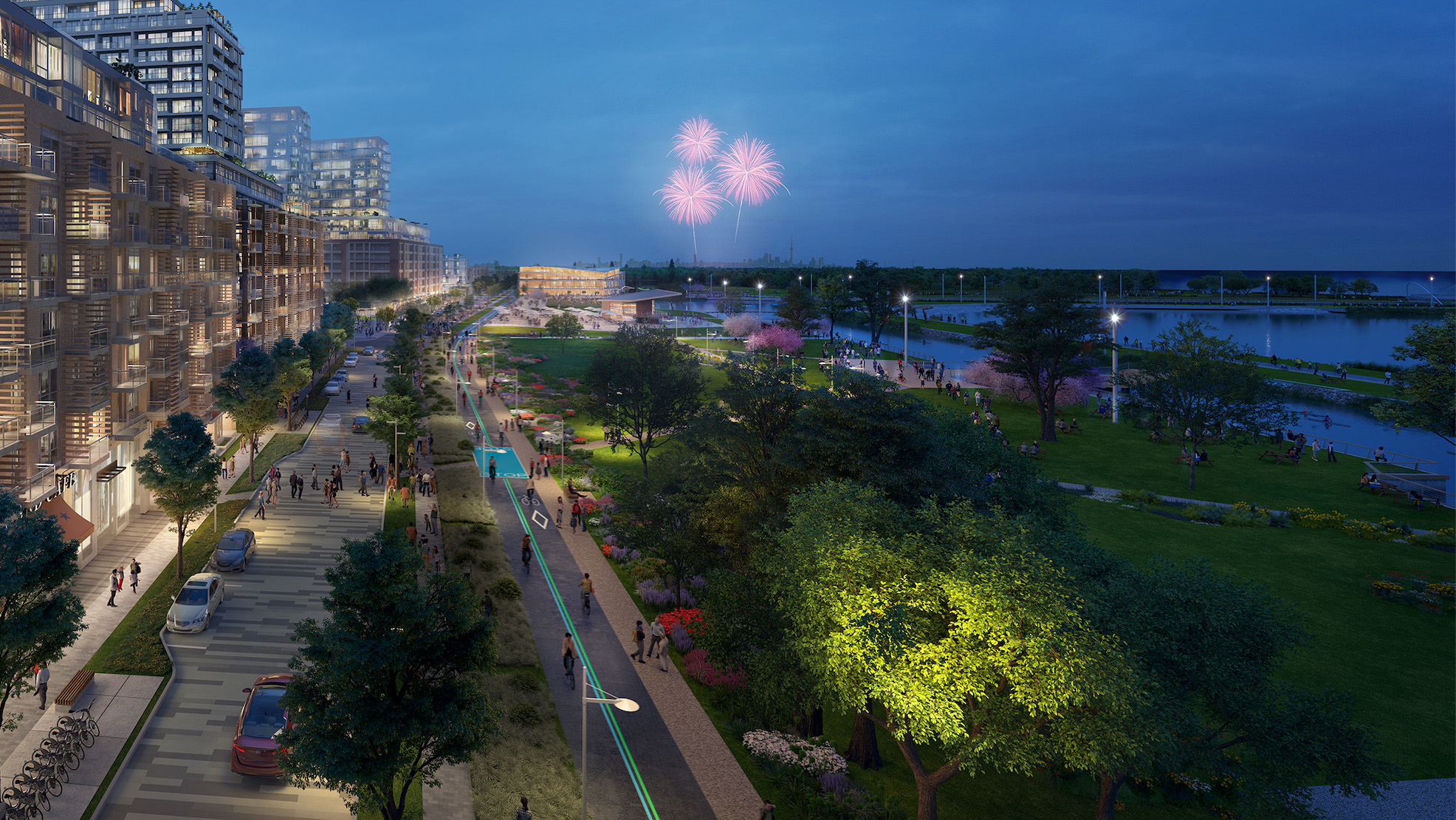
With Lakeview Village, John says, one of the objectives is to create an urban village environment that engages everyone and reinforces connections between neighbours and neighbourhoods. One way to facilitate that is to design the community so anyone and everyone can weave their way through the area’s green spaces and connect with a world-class waterfront - a focal point for the development. Someone will be able to start their journey on Lakeshore and move through streetscapes with robust tree canopies and toward different green spaces - like Ogden Park or Waterway Common - then toward wetlands, the Jim Tovey Lakeview Conservation Area, and the urban beach. “There will be a connectivity between green and blue spaces, one that will reinforce that the urban environment isn't in conflict with nature, but rather interlinked. There will be a role for everything,” notes John.
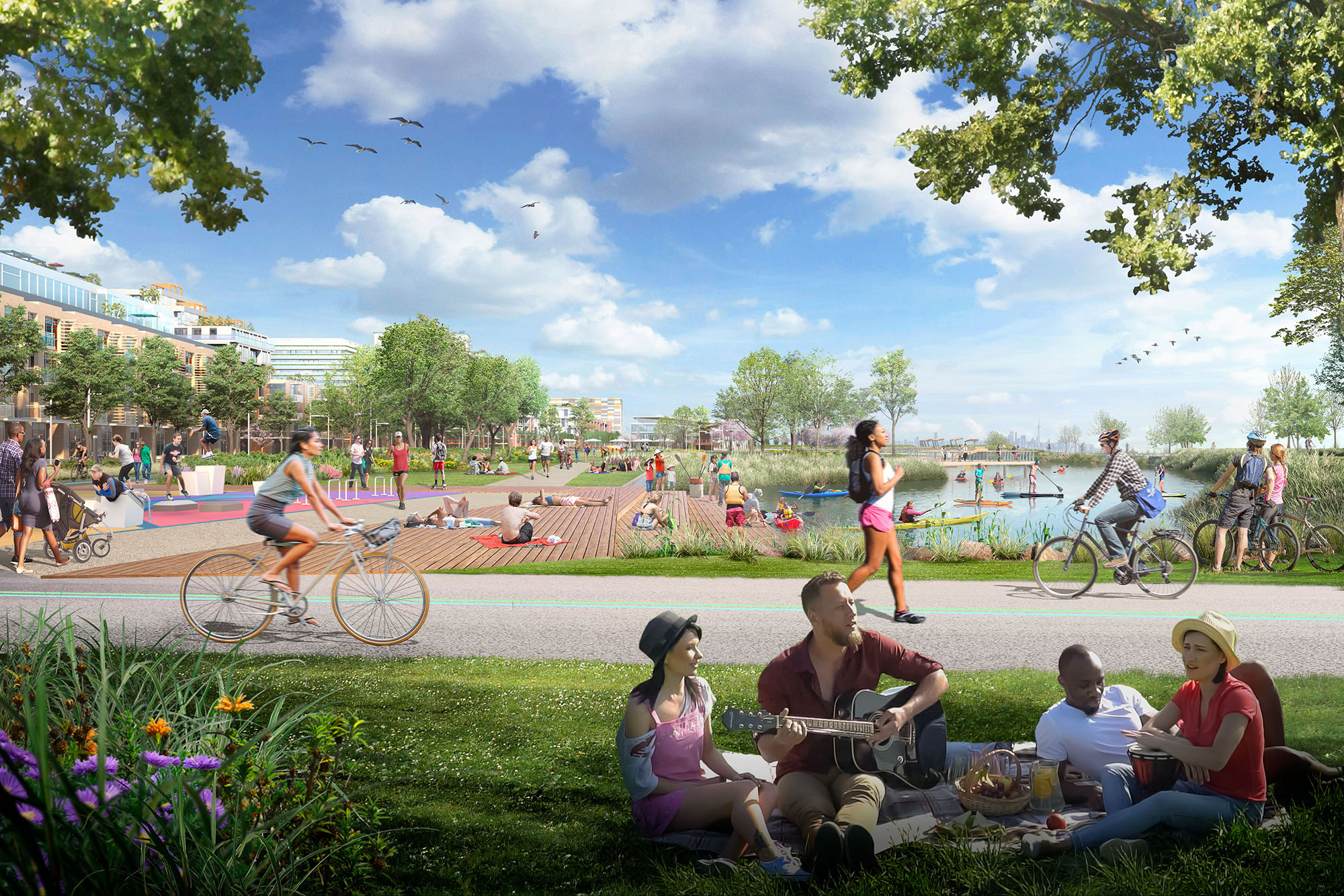
Sustainable modes of active transportation options will also be prioritized. Instead of building railways and highways along the water’s edge, Lakeview Village will connect people from east and west with bike systems and trails, so they can simultaneously experience the water and nearby greenery for kilometres. Everything will be highly integrated, something that’s critical to the success of blue and green spaces, notes Dennis. “For many decades we forgot that blue and green systems were supposed to be intertwined with each other. They need to be thought of in an integrated way. It leads to the opportunity for good placemaking.”
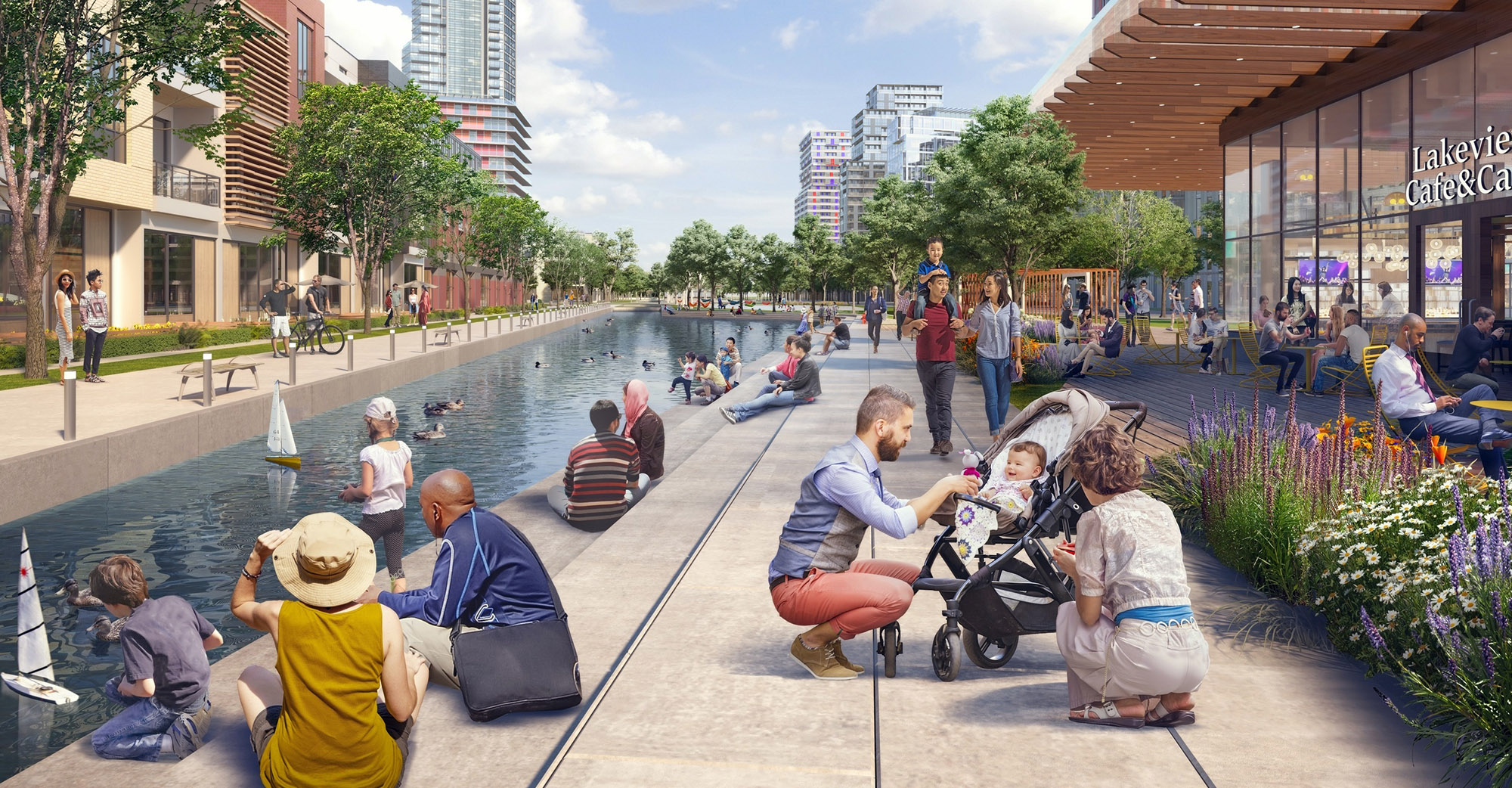
The kinds of spaces also allow people to experience natural elements of a built community year-round. “In the summer, being close to a blue space may give someone the opportunity to put their kayak in the water; someone else may just want to sit on a bench and take in the view. In the winter, people may be able to skate on the ice or look at ice formations,” John says. “People can derive pleasure from any scenario.” He adds green spaces will act in a similar way, changing from spring to winter, allowing people to be active participants in each parks’ natural dormancy and re-emergence cycles.
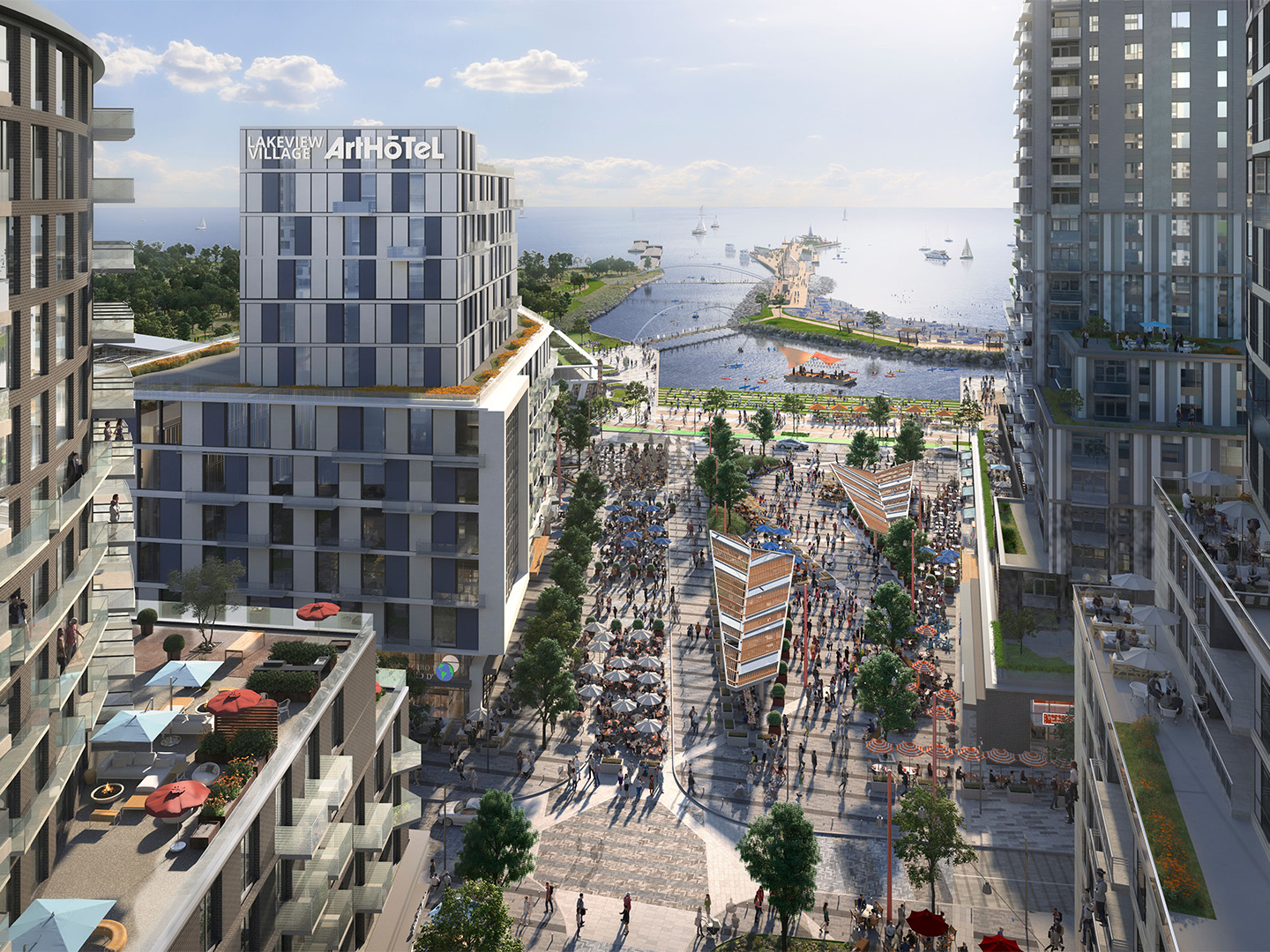
Of course, there’s a catch, as Dennis points out: quantifying the benefits reaped from a well thought out blue and green design plan is pretty difficult. Most developers get involved in a project with a focus on generating revenue and not always to support the mental health and well-being of residents. “You can quantify the economics of building apartments, housing, retail, but it’s harder to quantify the value of something that’s invaluable like the public realm, open spaces, blue edges, parks. These, though, will ultimately lead to happier people and stronger communities. [We all] need to invest in this stuff.” John agrees. “When you’re trying to figure out what has more value, it should be about how people feel in the community. You can quantify the economics but you can’t quantify the value of public space.”

This all leads to the question of which cities around the world are getting the whole blue and green spaces thing right. For starters, Dennis says, Boston. Boston’s Esplanade, initially a narrow parkland along the river, underwent significant expansion in the mid-1930s under the guidance of landscape architect Arthur Shurcliff. Today, it stands as a vital green space in the city, featuring various amenities like the iconic Hatch Shell. Ongoing community support ensures its evolution to meet the needs of future generations, with the Esplanade Association spearheading a transformative plan for Charlesbank Landing.
Photo Credit: Esplanade Association
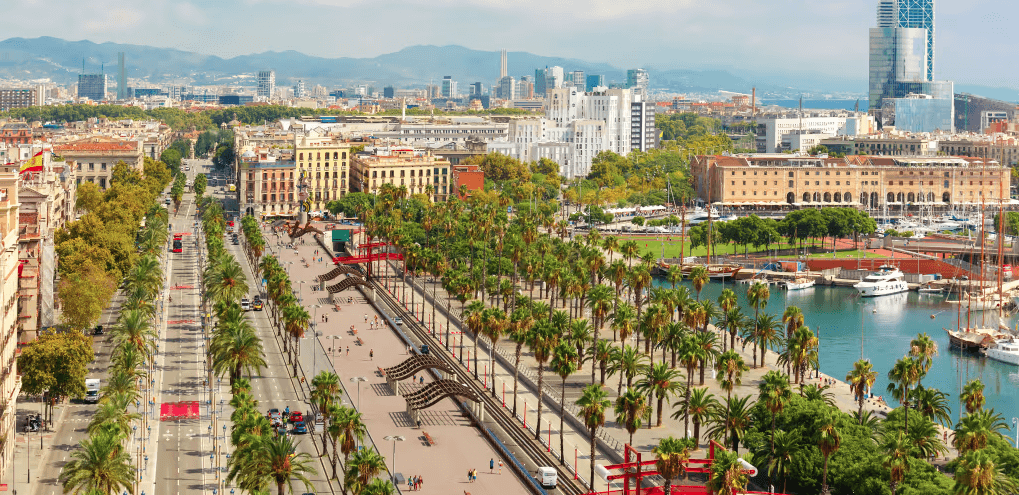
Barcelona is also reimagining its streets to prioritize pedestrians and cyclists, creating tranquil pathways lined with greenery, play parks, and community squares that lead to its revitalized waterfront. The focus isn't just on reducing traffic congestion but on fostering connections among neighbors. By reducing noise and air pollution and increasing access to blue and green spaces, the city aims to enhance mental well-being, fostering a sense of safety and belonging while reducing isolation.
Photo Credit: Gratis in Barcelona
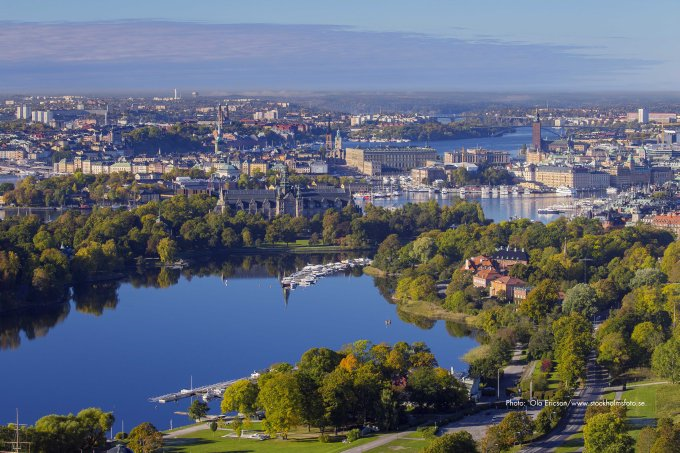
Stockholm stands out in Europe for its eco-friendly ethos, weaving climate and sustainability into every aspect of city life. From being dubbed the 'sewage ditch' in the 1940s, places like Riddarfjärden are now pristine enough for a swim. Their urban plan now embraces green spaces, aiming to expand parks and countryside areas to keep up with the city's growth. It's all about making nature more accessible, nurturing diverse habitats, and maximizing what urban ecosystems can offer.
Photo Credit: Visit Stockholm
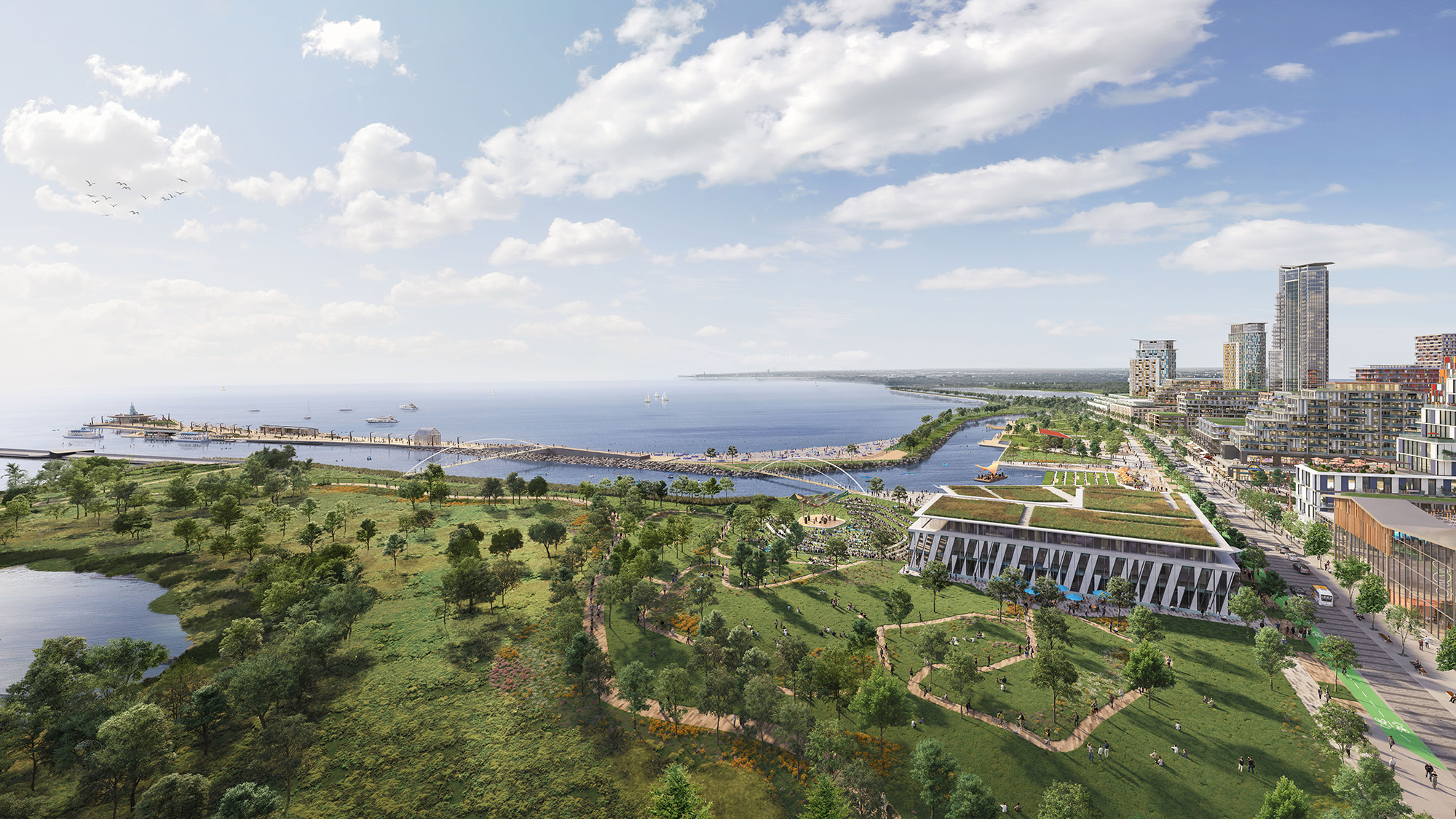
”Right now, we still see access to blue and green spaces as a prize in North America as opposed to something that’s integrated into our lives,” says John. Lakeview Village is an opportunity to change that for Mississauga and the GTA. Dennis adds. “The value of open space transcends short-term economic gains. We’re designing to make blue and green spaces an intrinsic part of the community… the goal is to make Lakeview Village a celebration of urbanity, one that enriches the daily life of every resident and that gives people new ways to engage in the community.”